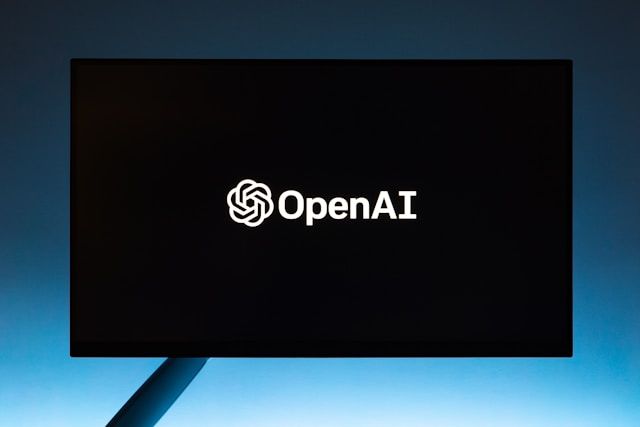New study reveals GPT-4’s accuracy in identifying cell types matches expert methods
Columbia University’s Mailman School of Public Health has unveiled groundbreaking research in the journal Nature Methods, showing that GPT-4, a cutting-edge language model, can accurately identify cell types from single-cell RNA sequencing data. This process, crucial for biomedical research, has traditionally been labour-intensive and time-consuming, requiring detailed manual annotation by human experts.
The study showcases GPT-4’s remarkable ability to match and sometimes surpass the annotation accuracy of existing manual and automated methods. This development could dramatically streamline the process of cell type annotation, making it quicker, more efficient, and less reliant on scarce expert knowledge.
Embed from Getty ImagesResearchers have also created GPTCelltype, an R software package leveraging GPT-4’s capabilities to automate cell type annotations. This tool represents a significant step forward in making sophisticated cell analysis accessible to a broader range of scientists and researchers.
The effectiveness of GPT-4 was tested across a wide array of tissues, cell types, and conditions, including both healthy and cancerous samples. The model demonstrated high consistency with human expert annotations, accurately classifying over 75% of cell types in most studies and tissues examined.
Interestingly, the study also highlighted scenarios where GPT-4’s annotations were more accurate than manual annotations, especially in complex cell types such as stromal or connective tissue cells. Moreover, GPT-4’s speed in generating annotations far exceeds traditional methods, offering a much-needed solution to expedite research processes.
The researchers explored various strategies to optimize GPT-4’s annotation accuracy, finding that the model performs best when analyzing the top different genes. The study also investigated GPT-4’s ability to distinguish between pure and mixed cell types and between known and unknown cell types, demonstrating the model’s robust performance in complex scenarios.
While the findings are promising, the researchers note limitations, including the need for further validation of GPT-4’s annotations due to the model’s opaque training processes. Nonetheless, the potential for fine-tuning GPT-4 offers avenues for even greater accuracy in cell-type annotation.
This study, co-authored with Zhicheng Ji of Duke University School of Medicine, marks a significant advancement in the field of single-cell RNA sequencing analysis. GPT-4’s application in this area could accelerate discoveries in biology and medicine, paving the way for new understandings of disease mechanisms and the development of targeted therapies.
